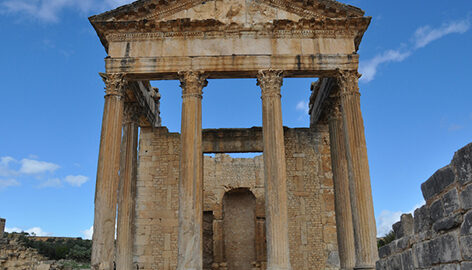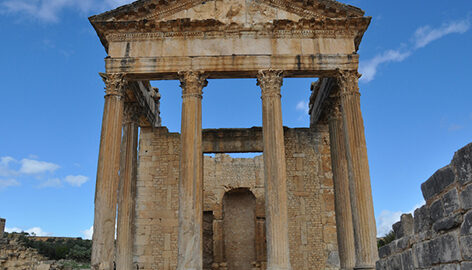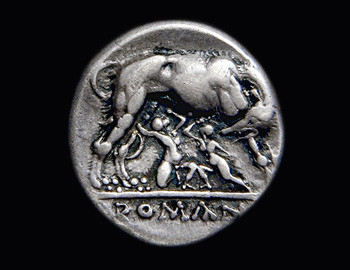

The architectural and monumental coin-type of the second century AD are of considerable interest and importance to student of the architecture and topography of ancient Rome. No fewer than forty-five building and monument. Although the material culture of the Roman Empire is replete with illustrations of built structures, for centuries scholarship on architectural depictions has focused almost exclusively on particular issues of topography and reconstruction, rarely moving beyond such questions as “which building is depicted?”, So old Roman imperial coins is the most helpful way to understand the structure and recreate it to preserve them. Continue reading Old Roman Imperial Coins depicting Monuments
The Mintage World Team comprises of experts, researchers and writers from the field of Philately, Notaphily and Numismatics who try to shed light on some of the most interesting aspects of coins, banknotes and stamps from not just India but across the globe as well.

The presentation of monuments and buildings on ancient Roman coins is one of the most famous subjects in the study of coin iconography. In addition to numismatists, it has attracted the attention of historians, art historians, archaeologists, and topographers. Through Roman Coinage, we can see the consistent evolution of Roman architecture. Coin depicting Roman architecture is the most soughed after ancient coins around the world. Continue reading Ancient Roman Coins Depicting Monuments
The Mintage World Team comprises of experts, researchers and writers from the field of Philately, Notaphily and Numismatics who try to shed light on some of the most interesting aspects of coins, banknotes and stamps from not just India but across the globe as well.

The period of Republican in Rome saw the development in its monetary system later than the other empires around it. Before the introduction of coinage, Rome consists of two important forms of value in its economy Aes rude-an an irregular shaped piece of bronze and Aes signatum- cast flat bar made of bronze that needed to be weight in each transaction. Later on, heavy cast Bronze Roman coins called Aes Grave were introduced. The standard coin of the old Roman coins consist of AS and it was also the monetary unit. The start of the second Punic war also saw the introduction of the various small denomination like Unica, Semuncia, semis, Dupondius, Triens, sextans, quadrans, etc which were struck not cast also known as the early struck Roman Republican coinage. Continue reading Roman Republican Coinage: An overview
The Mintage World Team comprises of experts, researchers and writers from the field of Philately, Notaphily and Numismatics who try to shed light on some of the most interesting aspects of coins, banknotes and stamps from not just India but across the globe as well.

Human art is the reflection of nature, it’s nothing but an imitation and absorption of its gist. The coins created by humans are nothing but the inclusion of this art in his daily life. But this artistic nature of men took time to develop in the monetary system. The uniform coinage which depicted various elements of nature, mainly animals, came later in the human history when the urbanisation was at the height of its progress. The best example of this embellishment is the animals on Roman coins; the illustrative depiction of fauna on their coins is a beautiful part of their numismatic history.
Continue reading The essence of animals on Roman coins: Phase I
The Mintage World Team comprises of experts, researchers and writers from the field of Philately, Notaphily and Numismatics who try to shed light on some of the most interesting aspects of coins, banknotes and stamps from not just India but across the globe as well.